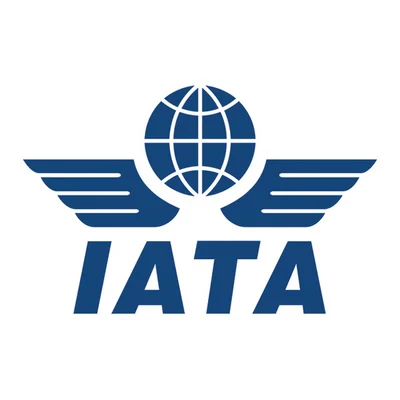Upon arrival in Dallas-Fort Worth, the aircraft will undergo several steps before entering service. These include Prior to Service (PTS) checks by American Airlines' maintenance crews, installation of any additional equipment or customizations, and regulatory compliance steps such as registration and inspection by the FAA. Familiarization flights for pilots and cabin crew are also expected as part of the process.
American Airlines is the largest operator of the A321, having first introduced the type nearly 25 years ago. The carrier currently operates 84 A321neos and has a total fleet of 303 A321s, making it experienced with the aircraft type. The A321XLR, while a new variant, is not expected to cause significant delays in service entry.
The rollout plan for the A321XLR involves a two-step approach. Initially, the aircraft will be used on domestic routes, particularly premium transcontinental flights such as those between New York JFK and Los Angeles International Airport. This will allow crews and operations to adjust before moving to long-haul services. The second phase will see the A321XLR deployed on transatlantic routes. An internal memo reported by Simple Flying in August indicated that American Airlines is preparing an A321XLR base at JFK and opening schedule bidding for at least 40 pilots, with transatlantic flights expected to begin in March 2026.
The new A321XLRs will feature a premium-heavy cabin designed by Teague, offering 20 Flagship suites in Business Class, 12 Premium Economy seats, and 123 Economy seats, aligning the look across both the Airbus A321XLR and Boeing 787-9 fleets.
American Airlines currently operates seven transatlantic routes from New York JFK, with only four running year-round. In comparison, Delta Air Lines and United Airlines offer significantly more European routes from their respective hubs. Delta operates 27 routes from JFK during the summer, while United has 32 from Newark Liberty International Airport.
American's reduced transatlantic capacity is partly due to its decision in 2020 to retire several aircraft types, including all of its 767s, 757s, and 25 A330s, some of which were relatively new. This has left the airline less competitive on transatlantic routes compared to its rivals, who retained older aircraft during the pandemic.
The arrival of the A321XLR is expected to help American Airlines address some of these capacity challenges. The new aircraft will allow the airline to add secondary European destinations such as Edinburgh, Geneva, or Lisbon, with less risk than deploying larger widebody jets like the 787. The airline's ability to grow its transatlantic network will depend on steady deliveries of the A321XLR from Airbus.
 Alerts Sign-up
Alerts Sign-up



































